
Giants waste Jaxson Dart’s late heroics as Broncos rally with 33 fourth-quarter points in gut-punch loss - New York Post
The Giants left the Mile High City down in the dumps after a collapse for the ages.
366 articles found

The Giants left the Mile High City down in the dumps after a collapse for the ages.
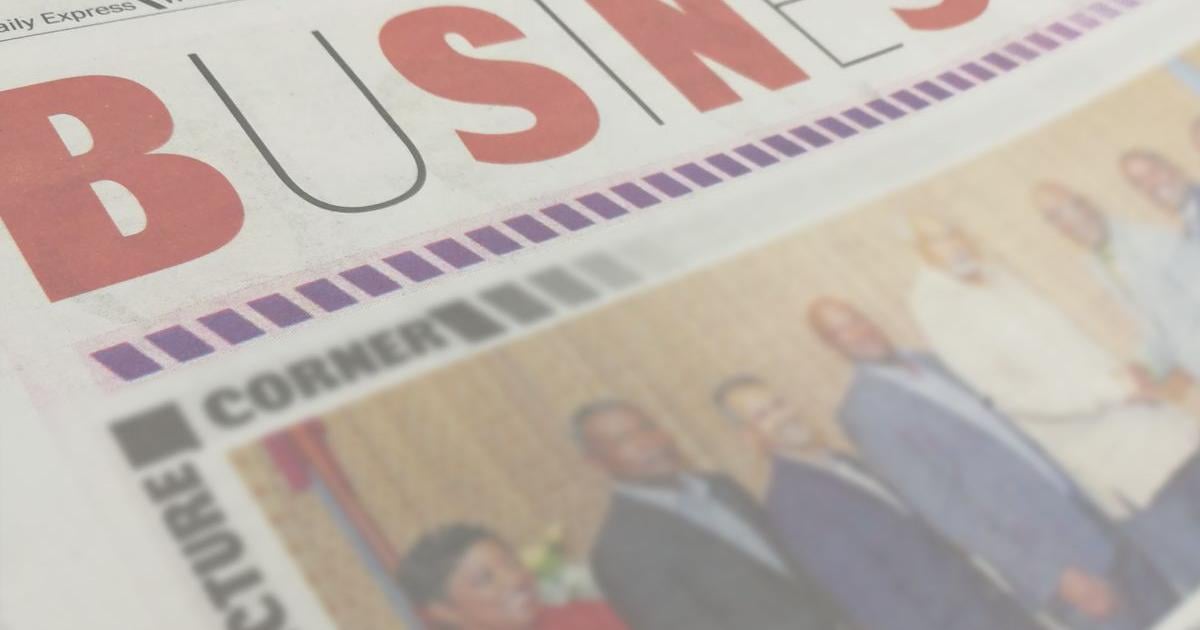
THE Trinidad and Tobago Coalition of Services Industries (TTCSI) says national budget measures to boost the services sector, which accounts for over 60% of this country’s Gross Domestic Product and employs most workers, are steps in the right direction. In a release, the TTCSI outlined several key initiatives that it believes could enhance competitiveness and drive services-sector growth: • Digital Transformation and Professional Services: The introduction of a secure Digital ID, a unified online government platform, the establishment of the National Payment and Innovation Company (NPIC-TT), and the launch of a National AI Research and Innovation Hub are expected to improve the ease of doing business while creating new opportunities for ICT and business process outsourcing (BPO) providers. • Trade Facilitation and Business Services: The proposed National Registry of Exporters, the “Buy Local, Build Trinbago” campaign, and the creation of an Export Academy—along with Exim Bank’s reorientation towards foreign-currency loans for exporters and efforts to advance partial-scope trade agreements with India, Chile, and West Africa—directly target trade diversification and SME competitiveness. • Creative and Cultural Industries: The establishment of a Creative Value-Chain Fund to support film, fashion, design, and music; enhanced intellectual property (IP) protection; and duty concessions for creatives, along with cultural exchange programmes and export promotion, signal growing recognition of the creative sector’s contribution to national development. • Tourism and Hospitality: The completion of the Marriott and Elephant Tree Resorts in Tobago, new attractions such as “Carnival City” and the “Turtle Tourism Capital” initiative, the introduction of direct US flights to Tobago, and expansion of medical, sport, and cultural tourism products are all viewed as positive steps toward revitalising the tourism and hospitality industry. • Education, Skills, and Human Capital Development: The operationalisation of UWI’s Debe Campus to support IT, law, and forensics training was described as a timely response to digital workforce needs. The launch of a Construction Sector Skills Programme and the expansion of YouTEC and youth entrepreneurship initiatives place education and youth development at the centre of national transformation. • Financial and Regulatory Environment: The planned review of the VAT system, with possible transition to a simplified Sales Tax, digitalisation of the Inland Revenue Division and Customs and Excise Division, and strengthened compliance with FATF standards to enhance international financial standing, are all expected to improve accountability, transparency, and investor confidence. • Tobago’s Development Agenda: The Tobago House of Assembly’s (THA) development strategy—which prioritises tourism, creative industries, and agriculture, with an emphasis on product development, digital content, heritage tourism, and community-based approaches—was also recognised as a positive direction for the island’s services sector. Despite these encouraging measures, TTCSI cautioned that “many initiatives still lack dedicated funding, institutional support, and a clear services export focus”. It noted that trade support mechanisms such as the Export Academy and Exim Bank reforms “remain largely geared toward goods,” while digitalisation efforts “are framed more as administrative upgrades than as pillars of a comprehensive services-sector strategy.” To address these gaps, TTCSI recommended: • Development of a National Services Sector Development Plan to coordinate implementation across ministries. • Dedicated financing windows for services entrepreneurs within Exim Bank and other national development funds. • Inclusion of services exporters in trade promotion tools such as the exporter registry and export training programmes. • Establishment of a national services data system to track exports, productivity, and job creation. • Structured public–private partnerships to ensure local firms benefit from digital transformation and creative economy initiatives. The TTCSI also expressed strong support for the THA’s approach to linking tourism, culture, and digital content in a sustainable development framework. “The organisation calls for stronger coordination between the THA, TTCSI, and national ministries to align services-sector support in Tobago,” it stated. TTCSI further encouraged government collaboration with industry associations to shape skills-training programmes, particularly in areas such as digital trade, data services, and creative entrepreneurship. “TTCSI views budget 2026 as a transitional step. It lays the groundwork for a knowledge-driven, services-oriented economy but requires stronger execution frameworks and performance metrics. We reaffirm our commitment to working alongside the Government to advance a competitive, innovative, and export-ready services sector,” the coalition said. TTCSI president Dianne Joseph added, “This budget shows that the Government is beginning to prioritise services as the engine of economic transformation. Now we must ensure that these initiatives are supported by the right investment, coordination, and policy tools to deliver real impact for our service providers.”

On Tuesday, Netflix and Texas Instruments are due. On Wednesday, Tesla and IBM will report, while Intel is scheduled for Thursday.

While several young players impressed during the recent Trinidad and Tobago Cricket 50-Over Cup, Red Force head coach Rayad Emrit said consistency with the bat remains a major concern heading into the regional CG United Super50 Cup next month. Consistency and form will be important factors in team selection for the regional showpiece especially with the tournament reduced to six teams. The teams will play each other once in the group stage, with the top two advancing to the final. That means there will be no room for error for any of the teams. Emrit described the standard of play as encouraging but was disappointed with the way the tournament ended, with the Cocrico Warriors bowled out for just 89 in Friday’s final against the Soca Strikers at the Brian Lara Cricket Academy. “It is a bit disappointing to see how the tournament finished with one team getting bowled out for 89 on a very good batting wicket,” Emrit said. “There’s a lot of room for improvement. This was the lowest score in the tournament, and you compare that to other scores earlier on at this venue which were between 270 and 300.” Despite that, Emrit said the competition served its purpose in giving national players a platform to show form and readiness for higher honours. “The youngsters who have been doing well, we’re very impressed with them and hopefully they can continue that trend.” Among those to catch the coach’s eye were Andrew Rambaran, Abdul Raheem Toppin, Aadian Racha, and Brendan Boodoo—the latter being part of the Under-19 set-up. Emrit also praised Joshua Davis, noting that he “has a lot to offer to T&T cricket.” The coach said the selectors will have a tough task finalising the Red Force Super50 squad after three trial matches on October 22, 24, and 27, before the team is named on October 28. “It’s definitely going to be very competitive for spots,” Emrit added. “It’s a short, compact tournament, so we need to pick our most in-form and best team.” The Soca Strikers were crowned 50-Over Cup champions after bowling out the Warriors for 89, with Terrance Hinds taking four for 29. The Strikers’ campaign featured standout performances from Cephas Cooper (87, 30 not out), Andrew Rambaran (63, 65, 2/37), and Abdul Raheem Toppin (five for 34, two for 32). Toppin emerged as the tournament MVP, continuing his good form coming out of the Under-19 level. Other notable performers during the tournament included Shatrughan Rambaran (111), Crystian Thurton (81), Evin Lewis (92), Jeremy Solozano (76), Joshua Da Silva (56), and Tion Webster (73, two for 44).Emrit is hoping the batters gain some consistency in the upcoming 50-over trial matches as they continue to build towards the regional Super50 Cup. “We want the batters to be able to score runs consistently,” he added. “Hopefully, we can get it right before the tournament starts,” he concluded. T&T Red Force Super50 fixtures: Nov 19: vs Barbados Pride, UWI St Augustine – 9 a.m. Nov 21: vs Jamaica Scorpions, Tarouba – 2 p.m. Nov 23: vs Guyana Harpy Eagles, Tarouba – 2 p.m. Nov 25: vs Windward Islands Volcanoes, UWI St Augustine – 9 a.m. Nov 27: vs Leeward Islands Hurricanes, Queen’s Park Oval – 9 a.m. Nov 29: Final, Tarouba – 2 p.m.

China kept its benchmark lending rates unchanged, in line with expectations, with the one-year loan prime rate at 3%.

The Asian giant also kept its benchmark lending rates unchanged, in line with expectations, with the one-year loan prime rate at 3%.
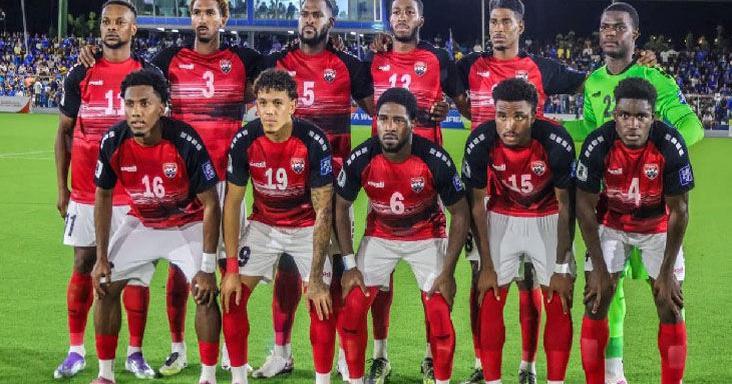
With two games to go in the 2026 football World Cup qualifying campaign, Trinidad and Tobago languish third in the four-team grouping with five points from four games, four goals scored (three against last-placed Bermuda) and three points behind second-placed Curacao. Last Saturday, West Indies were 79 for one in the 20th over after being set a target of 208 in the first One-Day International by hosts Bangladesh. On a raging turner in Mirpur, they then lost nine wickets for 54 runs to lose the match by 74 runs with 11 overs to spare. Two scenarios. One conclusion: not good enough. Why they are, up to this point, not good enough requires proper analysis of the many variables which contribute to a team’s performance on any given day. Yet so many of these analyses are coloured by biases which result in reactions which range from knee-jerk cheer-leading to virulent lambasting. There should be no misunderstanding though about both teams not being good enough...up to this point. If they were better than the sum of their performances so far, they wouldn’t be in the positions that they are. It’s like the observer who notes that so-and-so is a better player than his paltry batting average over several years of performing at the highest level. Well, if he were a better player, his batting average wouldn’t be so poor, would it? You can’t fix something without first accepting that there is something to be fixed. And by fixing, I don’t mean passing laws which widen the net at the same time that we boast about being among the most naturally talented people on the planet. World Athletics Championships gold medallist Keshorn Walcott and silver medallist Jereem Richards remind us, not so much of that presumed abundant talent, but the benefits of maximising that raw potential with incessant, consistent hard work, determination and perseverance. So when are we going to grow up as a people and acknowledge our own shortcomings, in sport if nothing else? How did we come to have such fragile egos, such an infantile mindset that we pout and point fingers at someone else for failings which are patently of our own making? Is it that all the bravado, the gallerying and general loud-mouthed noisiness are nothing more than a collective masquerade for a society that, from top to bottom, suffers from such deep insecurities to the extent that even entertaining the thought of weakness or frailty or error is too frightening to contemplate? There is no shortage of people here who are bright for the wrong reason—who can pee on your head and make you believe it is rain. Then again, such eloquent mamaguism only works when the recipients of such nonsense are so gullible that it is not even a challenge to fool them all the time. It should be a little different in sport though, shouldn’t it? Because, at the end of the day, the numbers are there as plain as day to tell the real story behind the public relations tripe. Trinidad and Tobago (100) are below Jamaica (68) and Curacao (82) on the FIFA rankings. Ahead of the final two qualifying games next month, the Jamaicans top the group by a point over the Dutch islanders. Surprise, surprise. At the Gold Cup in the USA last June, Dwight Yorke’s side were thrashed 5-0 by the hosts before drawing with Haiti (ten men for most of the game) and Saudi Arabia. And yes, if you want to step back and appreciate the wider football landscape, this nation has qualified just once for the senior men’s football World Cup finals. We all know the chaos that has ensued since on the local football front, to the extent that the so-called Pro League remains on life support. If the thesaurus could be amended to include another phrase for “collective delusion” it would be “Trinidad and Tobago football.” Yet bewilderingly, cricket’s disconnect from reality is not limited to a single territory but region-wide. Here’s an example. Last Thursday evening on a cricket discussion on radio in Dominica, it was all about quick fixes (get the “Legends” on board, pick Dominican batter Kavem Hodge, fire coach Daren Sammy) with not even a modicum of interest in appreciating how far the game has slipped in the region and how long it will take to properly resurrect it, assuming we can even agree on a proper plan for said resurrection. For decades, West Indies batters had gone to the Indian sub-continent and coped successfully, although not always, against world-class spinners on tailor-made surfaces. Now, the inference is that pitches like Mirpur are blatantly unfair. Of course the real issue here is the continuous decline in skill level of West Indies batsmanship, but that’s more than our eggshell egos can handle.
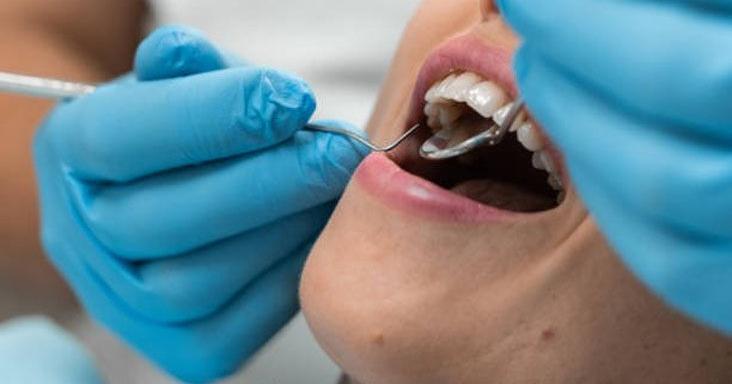
TIMES have changed, and so has dentistry. From virtual consultations to numbing gels, digital scanners and even screens on the ceiling, modern dental care is designed for comfort and prevention — not punishment. And yet, many people, out of fear, avoid going to the dentist — much to their detriment. “The Trini instinct to “wait and see” and rub some clove oil and pray the pain goes away — is part of our cultural DNA,”said Clinical Director at Smile Inn Dental, Dr Shenilee Hazell. “But that instinct can cost us more in the long run. Prevention is always easier, faster and less painful than cure.” Dental care must be considered a necessity, not an option; our oral health literally impacts every part of our body, emphasises Hazell. Consider this: the bacteria under your gums can travel through your bloodstream and affect your heart and joints, so healthy gums are not just cosmetic, they’re protective, she says. Additionally, some of us have medical conditions that affect the mouth and need extra care. For instance, people with diabetes have a higher risk of gum disease and tooth loss. “Knowing that early allows dentists to build preventive plans — from special cleanings to antibacterial rinses that protect gum health,” explains Hazell. For those with acid reflux, the stomach acids that rise into the mouth can gradually erode enamel, leaving teeth sensitive and prone to staining. Also, for patients with chronic stress, the body’s response shows up as grinding and clenching, wearing down the biting surfaces. “Recognising these patterns allows dentists to intervene early with protective coatings, mouthguards or dietary adjustments before permanent damage occurs,”she says. In an effort to break down barriers, Hazell addresses the real reasons why many Trinidadians delay their dental visits. Inherited attitudes Many adults who avoid dental care today do so because of inherited beliefs rather than their own experience, said Hazell. “Children learn how to think about dental visits from their parents or caregivers,” she says. “If those adults describe the dentist as something to get over with or tell stories of painful extractions, that anxiety becomes contagious.” Changing that narrative begins early. When parents treat check-ups as normal, children grow up associating the dentist with routine care, not crisis management. A simple six month visit teaches them that prevention, not pain, is the goal, she adds. Fear and anxiety Fear of the dentist remains one of the biggest barriers to care, said Hazell. She pointed to research which suggests that one in three adults experiences dental anxiety and one in ten has a full-blown phobia that triggers sweating, racing heartbeats or nausea. And the longer one stays away from the dentist, the bigger the fear becomes. “I’ve had patients tell me they would rather give birth than get another filling. That’s the power of memory when fear goes untreated,” says Hazell. Dental clinics across T&T are reimagining the dental experience for their anxious patents, says the cosmetic, general and family dentist. Many have introduced calming scents, soft lighting, plush blankets and soothing distractions like music and ceiling screens to help patients relax. Hazell advises those who are struggling to overcome their fear of the dentist to choose a dentist who acknowledges their anxiety and talks about it. Cost and myth of inaccessibility The assumption that dental costs are too expensive often keeps people away. “Many private practices now benchmark their pricing annually to stay accessible. Patients are often pleasantly surprised when they ask,” says Hazell. “Prevention saves money in the long term — regular cleanings and early fillings cost far less than root canals or extractions.” If cost is a problem, call around and compare prices, recommends Hazell. Many clinics offer phased or staged treatment plans that make care easier to budget, she adds. Access and confusion In some rural areas, patients struggle to find clinics, in urban areas people have too many choices and not enough clarity. Better public awareness and transparent communication from practices can bridge the gap. The more openly dentists share information about qualifications, pricing and available treatments, the easier it becomes for patients to make informed choices, says Hazell. Shame and judgment “One young mother told me she hadn’t smiled in a photograph for years because of broken front teeth. Another patient, a retired gentleman, finally came in after 30 years, saying he had avoided the dentist since his twenties because of embarrassment,” recalls Hazell. “Most of the time, it’s not nearly as bad as you think. The hardest part was walking through the door.” If something is bothering you - bleeding gums, an unpleasant smell on the floss, a dark spot on a tooth - get it checked. Knowing what’s happening gives you back control, says Hazell. Time and convenience Between long work hours, traffic and school runs, some simply don’t have the time to see the dentist. Hazell’s clinic and a few others are now offering Sunday appointments to fit people’s busy schedules. “Health doesn’t pause for the calendar,” says Hazell. Misinformation and mistrust We live in an age of TikTok dentistry and viral “hacks”. To combat the flood of misinformation, dentists now spend as much time educating as they do treating, said Hazell. “Transparency — showing visuals, explaining each step and involving patients in decisions, builds trust,”she stresses. “When people understand why something is being done, fear turns into cooperation and cooperation leads to better outcomes.” What we can do as individuals If dental visits make you anxious, plan them carefully. Choose a day or weekend when you won’t feel rushed, advises Hazell. Eat beforehand. This steadies the blood sugar and keeps anxiety from spiralling. Bring your own headphones and playlist if sounds make you uneasy. And after your appointment, treat yourself to something that makes you happy - call a friend, take a walk, treat yourself to a good meal, she adds. Most importantly, communicate. “Tell us you’re nervous, tell us if you’re embarrassed. When patients share that honesty, the entire experience changes,”she advises. To reduce anxiety, Hazell strongly recommends calling clinics and asking questions in advance. Knowledge, she stresses, is the antidote to fear. Dentists also carry equal responsibility to remove barriers through empathy, innovation and flexibility, says Hazell. More and more clinics are incorporating tools to help people with anxiety, and dental teams are also being trained to recognise subtle signs of fear in patients. Technological advances like digital scans can monitor changes and support prevention of gum disease and tooth decay. But first — the dentist has to see the patient. “Your smile deserves more than last-minute attention,”says Hazell. “See your dentist before there is a problem, not because there is one. Prevention is the most powerful treatment we have.”
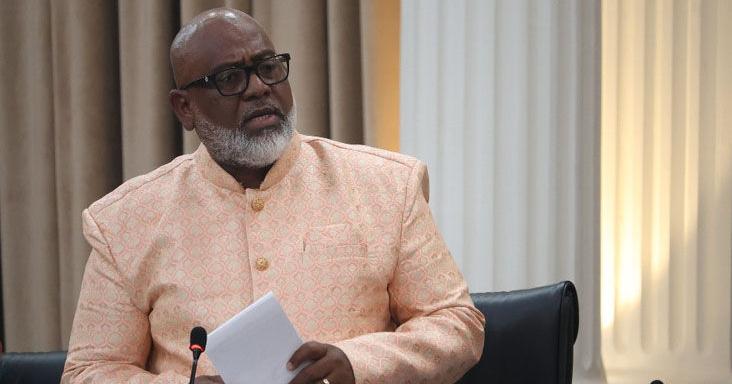
MINISTER in the Ministry of Energy, Ernesto Kesar, has claimed that the former government intended to use the remaining funds from two pension plans of the defunct Petrotrin company to bolster the National Insurance System (NIS). Kesar made the comments on Friday during his contribution to the debate on The Appropriation (Financial Year — 2026) Bill, 2025. Kesar said that former finance minister Colm Imbert had presented an independent executive report commissioned by the Ministry of Finance, which referred to two pension plans for former Petrotrin workers and recommended that the remaining funds eventually be transferred to the NIS. He said that at the time of the valuation in 2022, the book value of the Petrotrin employees’ pension fund stood at $7.4 billion, and at the time the company was closed, it was valued at $9.37 billion. Kesar claimed that it was the intention of Imbert and the former government to “run down” the funds by not paying the deficits. He said projections showed that the funds would have been exhausted by 2033, leaving former employees who had not yet received their payments without access to their benefits. According to Kesar, the remaining balance would then have been transferred to the NIB. “That is how they were going to fund the NIB,” Kesar said. He had earlier described the decision to close down Petrotrin as “destructive,” noting that more details of the Government’s plan to revive the former State-owned oil refinery would be announced later, including by Energy Minister Dr Roodal Moonilal. Kesar said he stood in solidarity with all former Petrotrin workers and others who had lost their jobs in the energy sector. He also stated that the financial situation of Petrotrin, compared to its successor Heritage Petroleum Ltd, was “chalk and cheese.” Energy action Kesar outlined a series of upcoming projects in the energy sector that he said are expected to generate significant revenue. He noted that with most drilling and exploration projects set to begin in 2026, approximately 40 drilling operations and well workovers are being planned. This includes several projects by Heritage, with seven development wells and one exploration well planned in its Preau Block. Three development wells are set to be drilled in the Barrackpore area at a depth of 9,000 feet, while four additional wells will be drilled at 5,500 feet, Kesar said. Kesar said Heritage is set to embark on offshore projects in 2026 to boost oil production, with ongoing work to upgrade the relevant receiving facilities. The company plans to lease 16 development wells to its operators for drilling, in addition to 33 well workovers. He criticised the previous government for cutting rig days by 50%, from 2,849 in 2015 to just 1,234 in 2024. Kesar added that T-Rex Resources Ltd will drill two wells in its Moruga Block and one appraisal well, while Bahamas Petroleum Company is scheduled to drill seven development wells and carry out one well workover in 2026. Kesar said Touchstone Exploration plans to drill two development wells in its Cascadura field. Summit Energy also intends to develop one well and carry out one workover, he stated. He added that De Novo Energy (Proman) will work on a sidetrack of an existing well to further exploration in its Iguana field. Woodside Energy will continue studies evaluating potential concepts for Deepwater Blocks 14 and 23A, the development of two concepts for the Calypso Project, and a lightweight floating production unit. EOG Resources plans to develop the Mentor field at an estimated cost of US$614 million, with projected gross operating cash flow of US$764.8 million. Kesar said the Government’s share of profit revenue from the project will be 74%.

X is making changes to better serve link-based posts and keep you in the app.

President Donald Trump reiterated his intention to send National Guard troops to San Francisco, going as far as implying he may invoke the Insurrection Act.
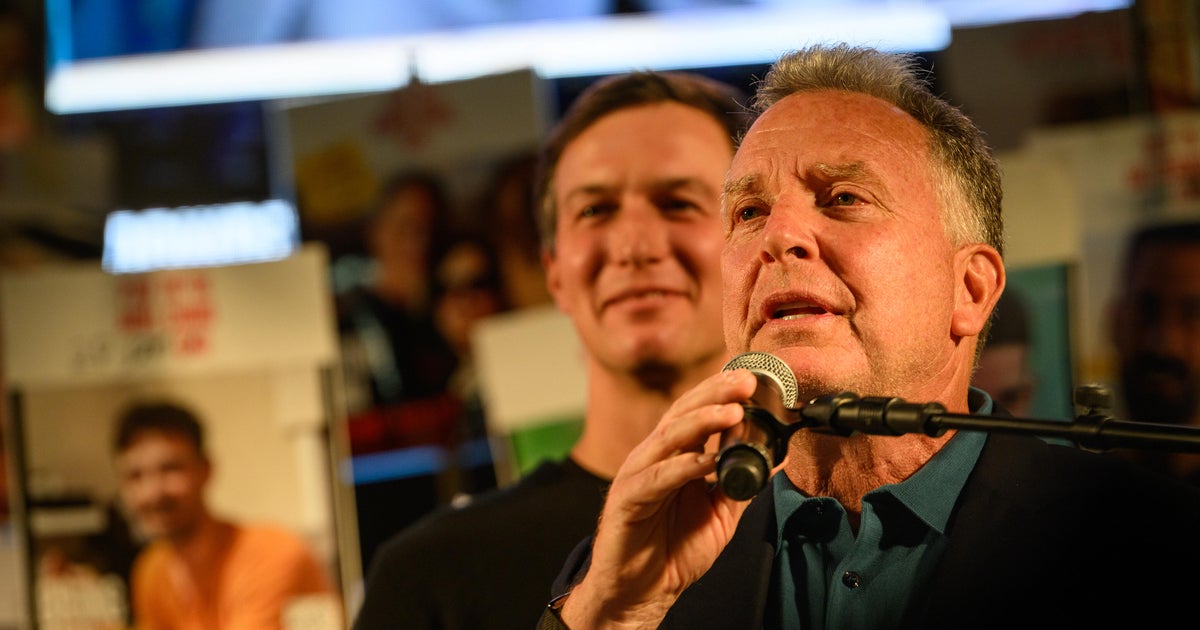
As the fragile Gaza truce is tested, ceasefire negotiators Jared Kushner and Steve Witkoff explain what went into the Israel-Hamas peace deal, and what's needed to make sure it sticks.
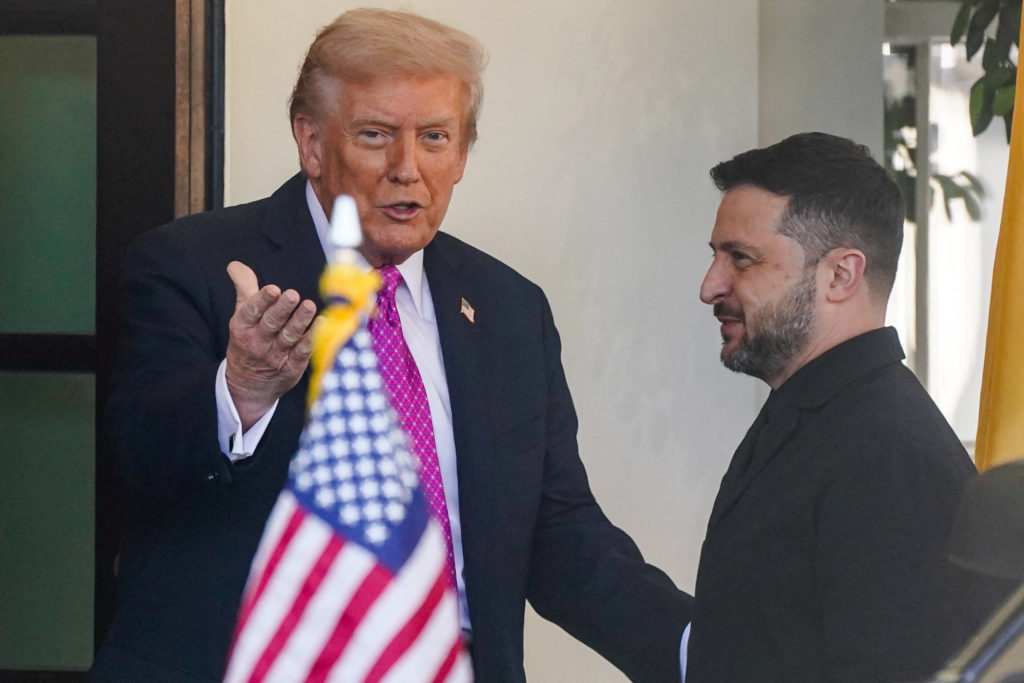
In an interview that aired on Sunday, President Donald Trump suggested that Kyiv may have to give up territory in exchange for an end to Moscow's more than 3 1/2-year invasion, in the latest of apparent reversals on how to pursue peace.
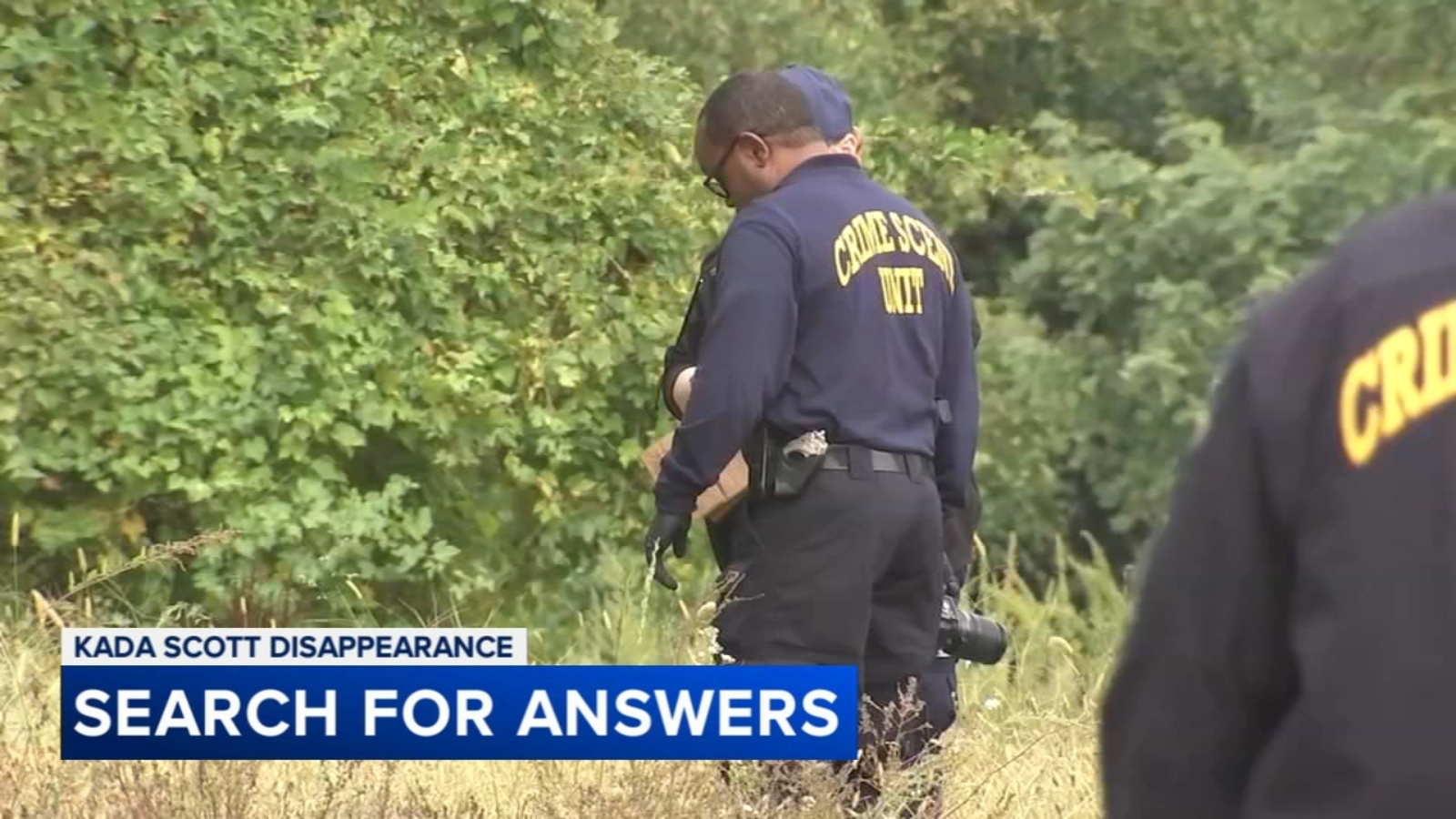
Community mourns as body found behind vacant Germantown school

The Walking Dead: Daryl Dixon Season 3 finale was a mixed-bag, far from the worst in the franchise but far from the best.

It’s not yet clear how Kada Scott died, but a law enforcement source said police believe she was likely killed within 30 minutes of leaving her workplace the night she disappeared.

Thieves broke into the Apollo Gallery, which houses the French crown jewels, and took with them objects adorned with thousands of diamonds.

Kering SA agreed to sell its beauty division to L’Oreal SA as part of a long-term strategic alliance, with Chief Executive Luca de Meo seeking to turn around the French luxury giant’s fortunes.

Israel said Sunday it responded after "terrorists" attacked troops operating in the Rafah area with gunfire and an anti-tank missile. Hamas said it was unaware of the clashes.
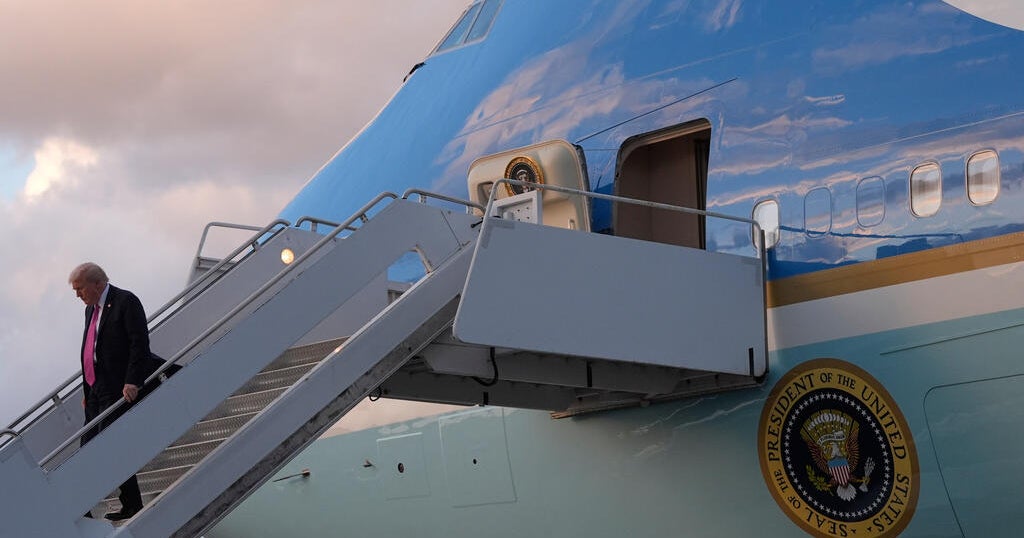
Federal officials found a "suspicious stand" near the area used by Air Force One when President Trump travels to Florida, FBI Director Kash Patel said Sunday.